Director: Kinji Fukasaku
Cast: Bunta Sugawara, Akira Kobayashi, Takeshi Kato, Mikio Narita, Kunie Tanaka, Nobuo Kaneko, Shingo Yamashiro, Nobuo Kaneko, Tsunehiko Watase, Hideo Murota, Tatsuo Umemiya, Asao Uchida, Tatsuo Endo
Running Time: 102 min.
By Kelly Warner
Hiroshima Death Match is a strong film and a fine example of the yakuza film genre. However, it was little more than a side-story in the Battles Without Honor and Humanity series and didn’t do much to advance the series’ overarching narrative. In the third Battles film, Proxy War, things get back on track. We return our focus to Bunta Sugawara’s gangster Hirono and the brutal power plays between rival gangs in 1960’s Japan.
An aging yakuza boss is set to retire and everyone’s fighting for position so that they may be chosen as his successor. It’s like a political race but with even more backstabbing. Hirono supports Uchimoto (Takeshi Kato) for the soon-to-be absent position of boss. It’s a win-win situation for Hirono if Uchimoto gets the job; Uchimoto seems to have the right priorities and he’ll be sure to remember those who helped him get the post, especially Hirono. And while Uchimoto is far from perfect (the ambitious yakuza exchanges oaths of loyalty with virtually everyone, which essentially makes his word worthless) at least he’s better than the alternative: Hirono’s former boss, Yamamori (Nobuo Kaneko). Unfortunately, Uchimoto falls out of favor with the men making the decisions and the torch is ultimately passed to Yamamori.
As is usual in the Battles Without Honor Humanity series, things always get worse. Not only is Yamamori intolerable thanks to his rapidly inflating ego, but now Uchimoto wants revenge. Uchimoto blames Hirono for him not getting named successor to the throne and he’d be just fine with seeing both Hirono and Yamamori dead and buried. So begins a war between rival gangs in post-war Hiroshima.
Unlike the previous entries in the Battles series which settled disputes with violence in the streets, much of Proxy War is about scheming and posturing. When Uchimoto becomes associated with the powerful Akashi family (led by Tetsuro Tamba), Yamamori scrambles to align himself with Akashi’s biggest rival, the Shinwa Group. The alliances between yakuza groups mean very little and the oaths of loyalty between individuals mean even less. Naïve young men die for greedy old men who worry about their wounded pride. Throughout the film, Tetsuro Tamba’s character remains untouchable and rarely seen; he’s largely responsible for this war and he never even gets his hands dirty.
Proxy War is the most deliberately paced entry of the five film series. As the yakuza get richer and expand (Japan also saw great economic growth in this time), they also grow more cautious, preferring to handle situations with mediators at a dinner table instead of in a dark alley with a knife. Director Kinji Fukasaku surprises with not only showing some restraint in Proxy War but also providing some of the series’ best visuals.
Filmmakers often say that the most difficult scenes to direct are those with multiple characters seated around a table. Well, Proxy War is chockful of such scenes. The cast and screenwriter Kazuo Kasahara make the dialogue-driven table scenes dramatically compelling while director Fukasaku and cinematographer Sadaji Yoshida provide appealing visuals. Fukasaku’s use of widescreen filming techniques is on full display here, filling every inch of the frame with movement and color. You can watch these scenes multiple times and focus on something different each time because every actor is doing something, unwilling to go unnoticed even when the scene is being powered by someone else. Fukusaku told his actors that they were all main characters in these films and that feels especially true in these dialogue-driven group scenes.
Throughout the series, composer Toshiaki Tsushima provided iconic music that underlined all of the action and drama on-screen. Japanese cinema has featured the music of many great composers and while Tsushima isn’t a name that immediately comes up, his score for Battles is. It’s iconic, the sort of thing that’s become ingrained in pop culture (in Japan more than the West, obviously). Rarely does a director’s vision and a composer’s music match so perfectly.
The Proxy War Blu-ray from Arrow Video has a couple new special features exclusive to their Battles Without Honor and Humanity set. In the good old days of the Japanese studio system, the directors, stars, and crew hung out with each other after long work days in their own special social circles. Secrets of the Piranha Army puts the spotlight on the bad boys of Toei’s stable of character actors who formed the Piranha Army, a club for actors that were not invited to the other social circles because of their reputation as angry drunks. It’s an amusing 35 minute featurette, as it sounds like these actors behaved much like the yakuza characters they played on-screen (please note: this featurette has some spoilers for later films in the series). Also included is Tales of a Bit Player, a 10 minute interview with actor/stuntman Akira Murota who played multiple supporting roles throughout the Battles series (he’s more recognizable as the silent samurai who monitors Tom Cruise’s character in The Last Samurai, a film that Murota speaks briefly about here). Though it’s shorter, I actually enjoyed the Murota interview more than the Piranha Army featurette. Both are worth watching for fans looking to know more about the men who worked on the series.
Proxy War has enough going on to easily fill a three hour film. The fact that Fukasaku and Kasahara delivered their story in under two hours is kind of amazing. It’s a tight film with not a single wasted scene or subplot. Proxy War may lack some of the chaotic madness seen in the first two films but it makes up for that with a clear vision and a deftly plotted screenplay. Many critics consider Proxy War to be the best film in the series. It’s not my favorite Battles film but it ranks up there pretty high. After the sidestep in Hiroshima Death Match, Proxy War has the series coming together with a clear goal in mind going forward.
Kelly Warner’s Rating: 8.5/10



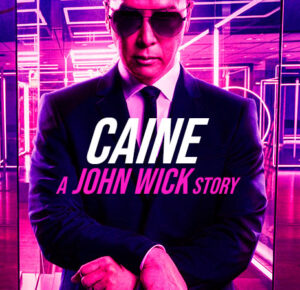

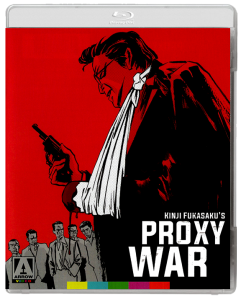
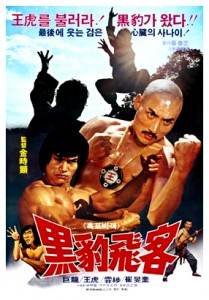
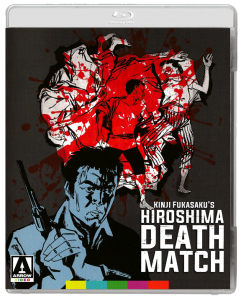

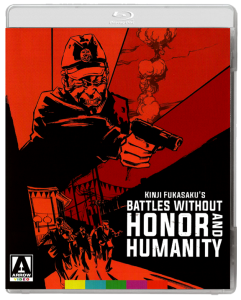
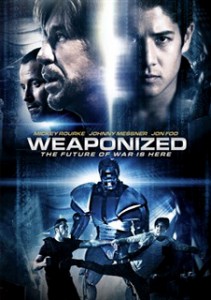
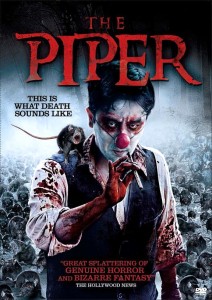
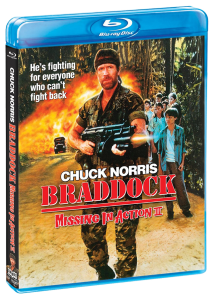
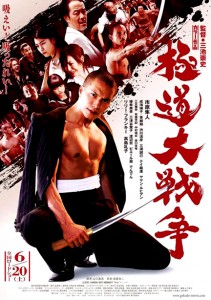
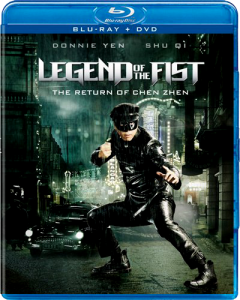
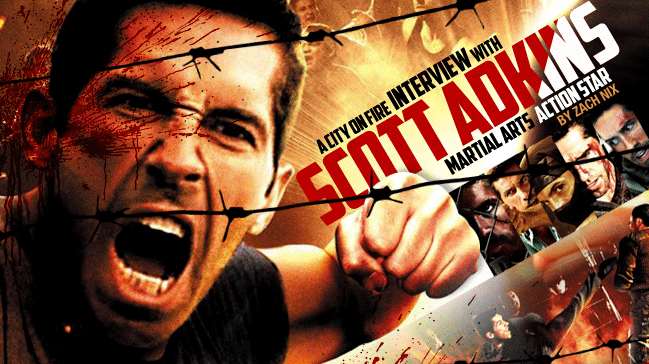
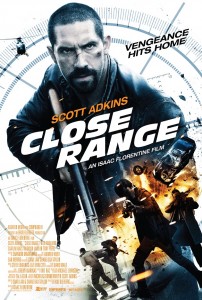
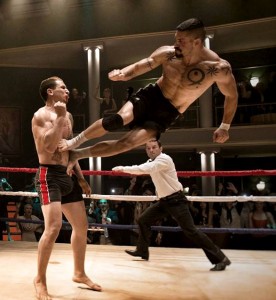
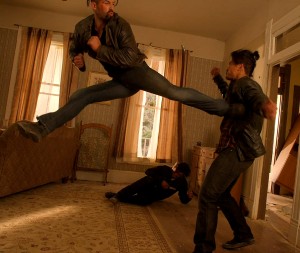
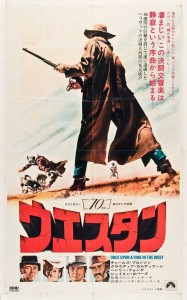
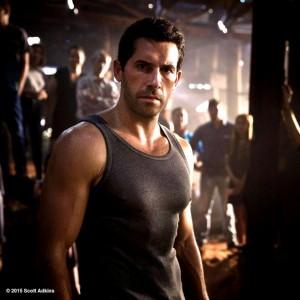
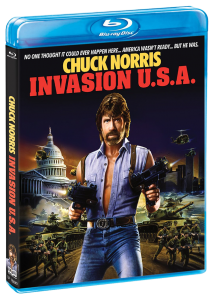
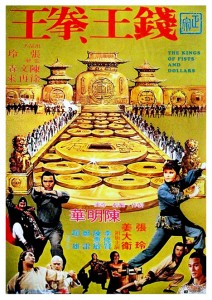
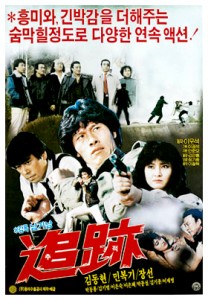
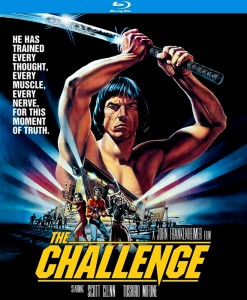



2 Comments